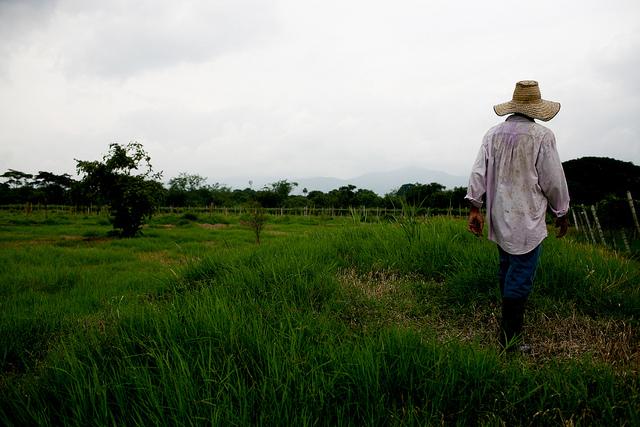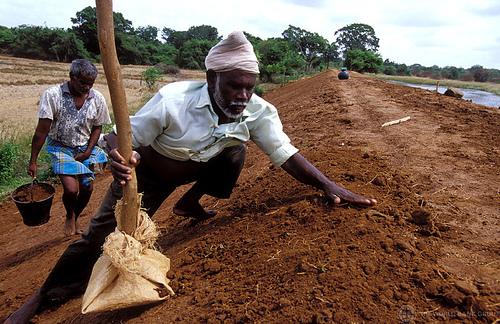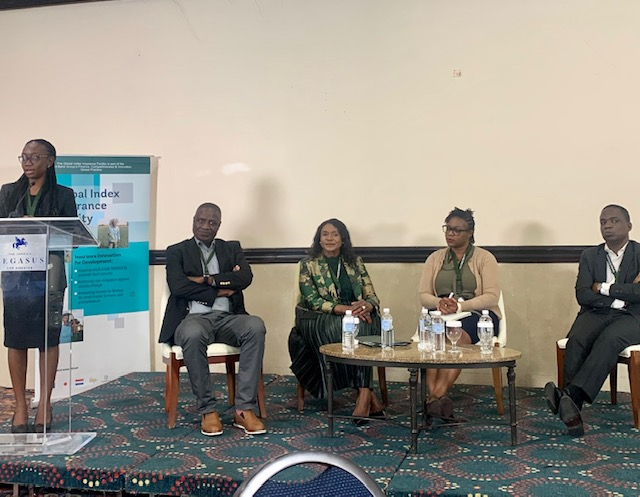Jamaica
The impacts of climate change are increasingly severe and the need for action is more urgent than ever. Caribbean islands are among the world’s most vulnerable, with storm frequency and intensity, flooding, wind damage and sea level rise all predicted to worsen, increasing threats to hospitals, power plants, freshwater sources, roads, houses and schools. Island communities must work together to prepare for disasters caused by natural phenomenon and minimize the impacts they will endure. Evidence shows that key ecosystems, like coral reefs and mangroves, can help reduce these risks while


Jamaica faces a variety of natural hazards and, on a combined-hazard basis, is among the most vulnerable countries in the world. It lies in the center of the Atlantic hurricane belt, on a complex area of the northern Caribbean Plate margin, and is subject to tropical rainfall and resulting erosion. Agriculture in Jamaica is vulnerable to various risks from extreme winds, to extreme rain, to droughts. A large part of the agricultural sector, including integrated supply chains as well as small farmers, is absorbing these climate risks, with neither publicly nor privately risk transfer mechanisms

